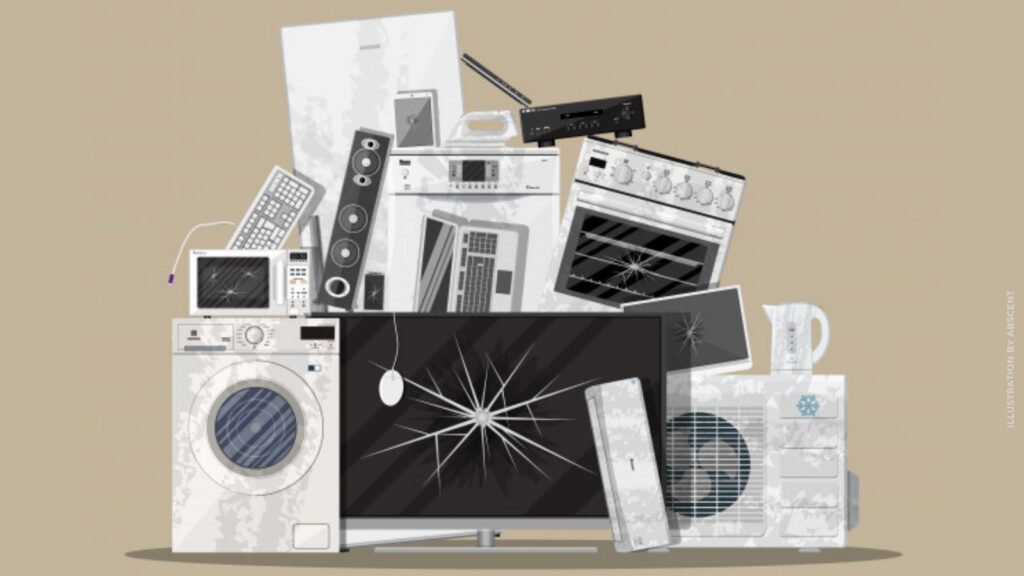Our world has e-waste problems. The global market of electrical and electronic equipment (EEE) continues to grow exponentially, while the lifespan of those products becomes shorter and shorter.
Electronic waste management has been a relentless battle worldwide. The lifespan of many electronic products is set to rapid obsolescence, mainly for marketing and compatibility reasons. An average lifespan of a computer that was set previously 4.5 years in 1992 has decreased to an average 2 years in 2005 and it has been decreasing further since. A lot of electronic products are designed to break after a certain amount of time to create a constant need to buy new products.
E-Waste Is Special
The long-standing issue of e-waste management is not without multifaceted reasonings. E-waste is a special case because it can be both difficult to manage but easier to reuse. E-waste is made of a variety of hazardous and polluting substances, mostly to the soil and the groundwater. It is necessary to make special measures in managing e-waste. However, e-waste is considered rather easy to recycle because many components are usually in a good condition to be reused in other products. Precious and versatile minerals in e-waste also allow the recycling process to be worthwhile instead of directly scraping e-waste.
The disposal of electronic waste can jeopardize humans, especially those who are exposed directly to the toxic substances in disposal sites. The contamination sourced mainly by toxic metals and polyhalogenated organics also may be transferred to humans through food chains, resulting in contaminated blood, serum, hair, scalp, and urine.
In developing countries, the main issue about e-waste arises from electronic goods imported from developed countries, mainly the discarded ones. These older electronic goods are then being reused. African countries are known for reusing discarded products while Asian countries face products dismantling which often uses unsafe measures.

E-Waste Is Special And What Can We Do
E-waste disposal methods most common to use are including landfill and incineration, both pose serious contamination risks to humans and the environment. Landfill leachate potentially carry in toxic substances into groundwater while incinerators may release toxic gas into the atmosphere. Many measures have been studied and generated to minimise the contamination.
Life Cycle Assessment (LCA) is a measurement used to design environmentally friendly electronic products and to decrease e-waste issues. This tool concerns eco-design, product development, and environmental impacts. MFA (Material Flow Analysis) in addition is a tool used to study the flow cycle of e-waste into disposal sites, concerning most in how to best develop e-waste management regarding its environmental impact and waste management.
While these studies are being conducted, the most we can do as individuals is pay close attention to extended warranties that cover products should they fail. We can also buy products with readily available spare parts and support brands with durable brands. Invest our time in finding trusted retailers that devote themselves to safely recycling electronics and eliminating dangerous impacts it may bring. Our fights to minimize e-waste problems may not be easy nor fast but it is easier and faster when we are all on the same page.



